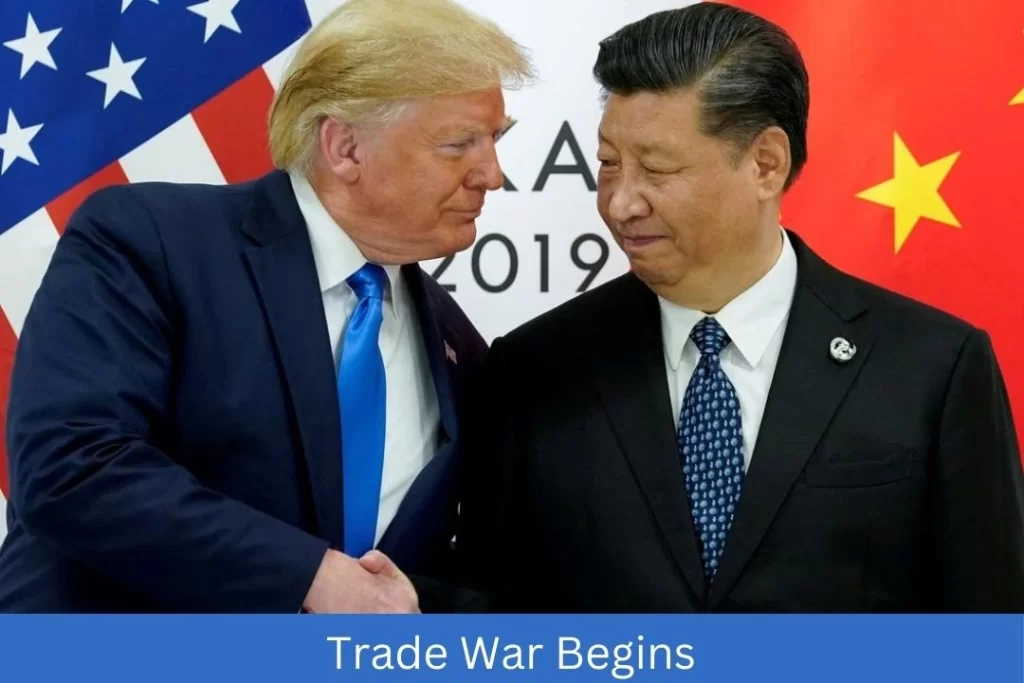As trade relations between the U.S. and key nations like China, Canada, and Mexico continue to shift, President Donald Trump has recently introduced additional Trade tariffs on imports from these countries, citing national security concerns tied to “illegal aliens and drugs.” China, in response, has indicated it will impose its own counter-tariffs, exacerbating the already complex trade environment.
Since Donald Trump reassumed the presidency in January 2025, the trade policies targeting China have grown more stringent. With a renewed focus on economic nationalism and domestic manufacturing, the administration has pushed for higher tariffs on Chinese goods, leading to a slowdown in China’s exports to the U.S. Several American businesses, particularly in the technology and consumer goods sectors, have already reported supply chain disruptions due to these policy changes.
Trade analysts note that following Trump’s return to office, Chinese exports to the U.S. saw an immediate decline in several key categories, including electrical machinery, electronics, and furniture. Retailers that rely heavily on Chinese imports have expressed concerns over rising costs, which could lead to increased prices for American consumers. However, some sectors, such as automotive components and medical equipment, have managed to maintain stable trade volumes due to limited domestic alternatives.
Between 2018 and 2023, China emerged as the largest contributor to U.S. imports, accounting for 18% of the total services brought into the U.S. during that period. This was followed by Mexico with 14% and Canada at 13%. Over the same span, the U.S. imported goods totalling $17 trillion, with electrical machinery and equipment making up 15% of this total, followed by vehicles and parts at 11%, and nuclear machinery at 9%.
China dominated the supply of many key imported goods to the U.S., leading in the import share of iron or steel, plastics, and clothing (20-30%), as well as furniture (approximately 40%) and toys (close to 80%). In fact, China was the highest exporter of eight out of the top fifteen U.S. imports, including electrical and nuclear machinery, two of the most imported products.
In contrast, Mexico was a key player in the supply of vehicles and measuring instruments to the U.S., and it held a significant presence in the import markets for electrical machinery, furniture, and steel. Canada was a major supplier of mineral imports, plastic products, and vehicles, contributing significantly to the U.S. supply chain.
Despite the shifting trade dynamics, China’s role in the U.S. import economy remains critical. However, the return of Trump’s aggressive trade policies is likely to force Chinese exporters to seek alternative markets while American businesses brace for continued economic adjustments.





